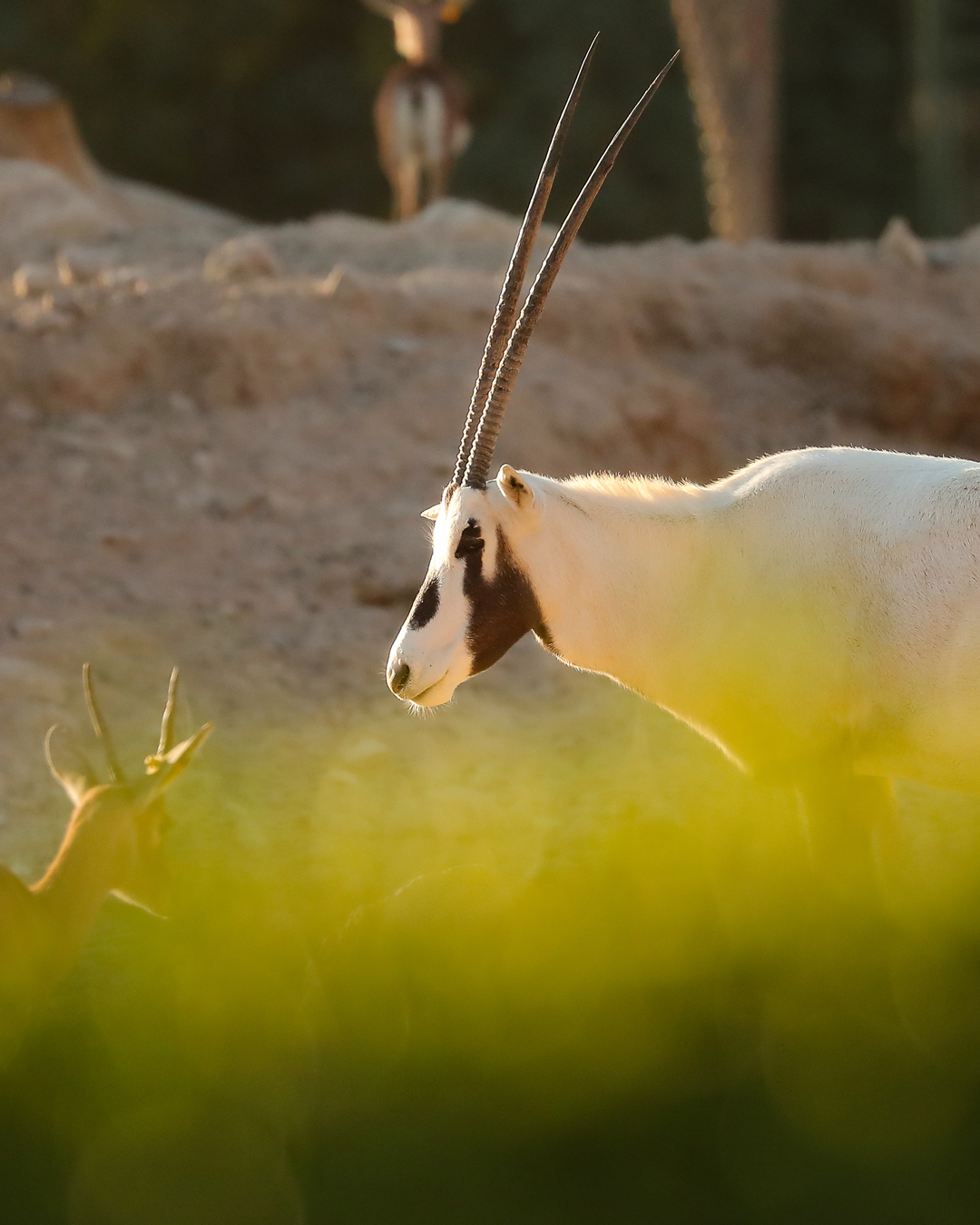- The significance of teasing in animal relationships and its parallels to human social bonds.
- The role of sibling rivalry and teasing in the development of young animals.
- Insights into zoo management and how teasing behaviors impact animal welfare.
- The broader implications of social interactions among animals for conservation efforts.
- Exploring how understanding animal behavior can enhance wildlife conservation strategies.
Teasing is a complex behavior observed across many species, serving as a conduit for strengthening social bonds and enhancing group cohesion. In both human and animal settings, teasing is often misunderstood, yet it holds profound significance in social interactions and developmental processes. Understanding teasing at its peak in the animal kingdom offers insights into sibling relationships and the dynamics that foster emotional growth and collaboration.
In animal societies, teasing takes on a form that underscores its vital role in the development of social structures. Observations in nature reveal its contribution to forming alliances, establishing hierarchies, and facilitating communication. For instance, in primate groups, playful teasing acts as a mechanism for learning social cues and boundaries. Young apes might engage in gentle pushing or nipping, which is an essential tool for understanding kinship and building lasting bonds.
Sibling rivalry, often expressed through teasing, plays a critical role in the growth of young animals. It is a natural phenomenon where siblings compete for resources, attention, or hierarchical status within their familial structure. This rivalry, embodied in teasing, helps young animals to develop resilience, adaptability, and problem-solving skills. It is during these interactions that they learn to negotiate, collaborate, and empathize, which ultimately strengthens their ability to thrive in various environments.
In settings like zoos, understanding teasing behaviors is crucial for animal management and welfare. Zoo managers must recognize and interpret these interactions to provide environments that mimic natural habitats, fostering psychological and physical health. Teasing, when observed among captive animals, indicates social engagement and contentment. Too little or too much teasing might reflect imbalance, requiring adjustments in habitat structure, social grouping, or enrichment activities.
The broader implications for conservation efforts are significant. Observing and interpreting social dynamics like teasing offers deeper insights into the needs and behaviors of species both in the wild and in captivity. These behaviors inform breeding programs, reintroduction strategies, and habitat preservation efforts. Conservationists utilize this knowledge to create conditions that support natural behaviors, ultimately enhancing biodiversity and ecological stability.
By understanding these social interactions, conservation strategies can be refined to support species’ resilience in their natural habitats. It translates into tangible actions such as designing environment enrichment programs that encourage natural interactions or fostering community-based conservation projects that prioritize ecological education and habitat connectivity.
Teasing, therefore, represents more than a mere playful irritant; it is a window into the emotional and social worlds of animals. Its role in shaping individual and group behaviors is essential for species survival and adaptation. Embracing the insights gleaned from these interactions allows for a more profound connection with wildlife and reinforces the importance of preserving their delicate ecosystems for future generations. By exploring teasing at its max, one also uncovers the genuine essence of brotherly love in the animal kingdom.
*****
Source Description
المشاكسة في أووج مراحلها =
المعنى الحقيقي للحب الأخوي🤭
.
.
Teasing at its MAX
Cause that’s what brotherly love looks like🤭
.
.


